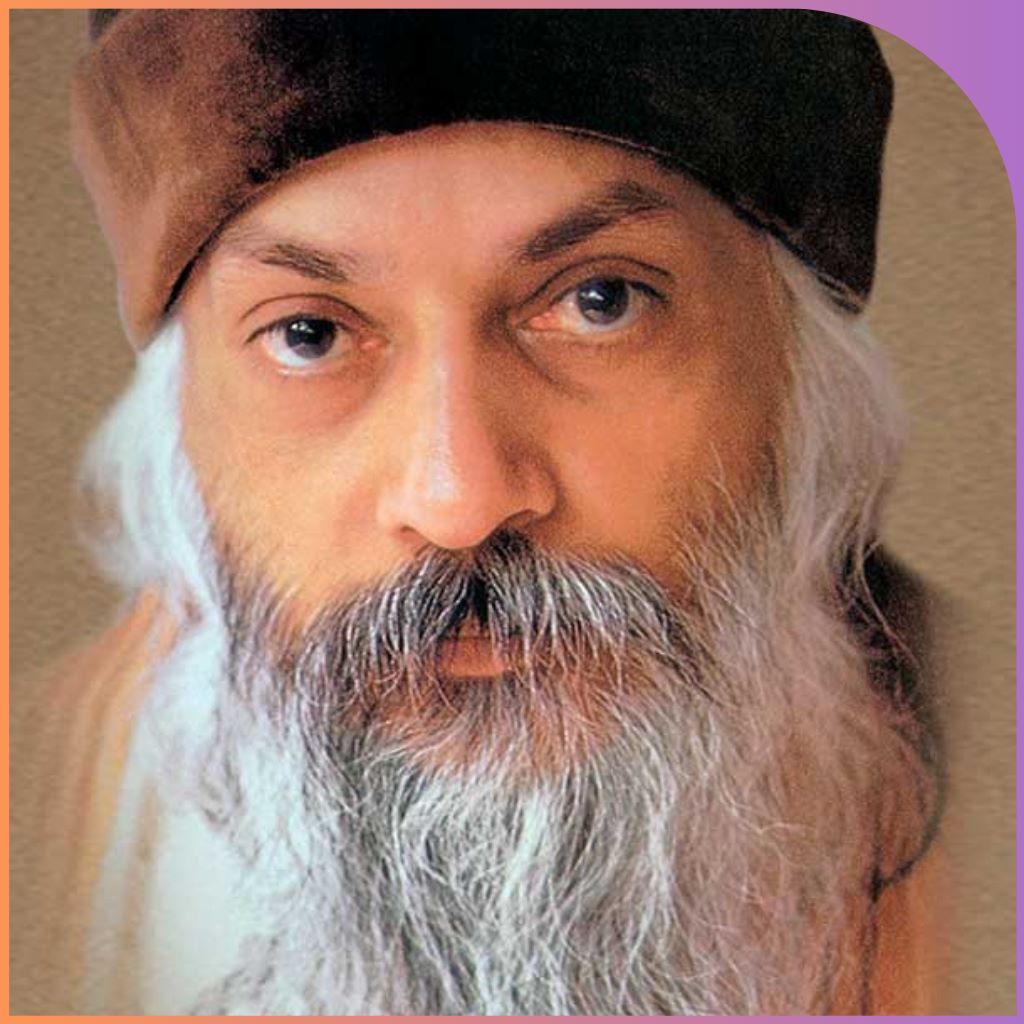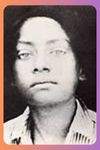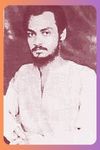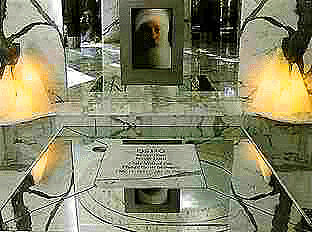
Most of us live in out our lives in the world of time, in memories of the past and anticipation of the future. Only rarely do we touch the timeless dimension of the present - in moments of sudden beauty, or sudden danger, in meeting with a lover or with the surprise of the unexpected.
Osho is one who discovered the door to living his life in the timeless dimension of the present - he has called himself a "true existentialist" - and he has the world of past and future and discover for themselves the world of eternity.
December 11,1931: Osho is born in Kuchwada, a small village in the state of Madhya Pradesh, central India. From his earliest childhood in India, it was clear that Osho was not going to follow the conventions of the world around him. He spent the first seven years of his life with his maternal grandparents,who allowed him a freedom to be himself which few children enjoy. The death of his maternal grandfather, he says, had a profound effect on his inner life, provoking in him a determination to discover that in life which is deathless.

By the time he joined his parents' growing family and entered school, he was firmly grounded in a clarity and sense of himself that gave him the courage to challenge all attempts by his elders to shape his life.
He never shied away from controversy.
For Osho, truth cannot compromise, or it is no longer the truth. And truth is not a belief but an experience. He never asks people to believe what he says, but rather to experiment and see for themselves whether what he saying is true or not. And at the same time, he is relentless in finding ways and means to expose beliefs for what they are - mere consolations to soothe our anxieties in the face of the unknown, and barriers to encountering a mysterious and unexplored reality.
After his enlightenment at the age of twenty-one, Osho completed his academic studies and spent several years teaching philosophy at the University of Jabalpur. Meanwhile,he traveled throughout India giving talks, challenging orthodox religious leaders in public debate and meeting people from all walks of life.
By the late 1960s Osho had begun to develop his unique dynamic meditation techniques. Modern man, he says, is so burdened with the outmoded traditions of the past and the anxieties of modern-day living that he must go through a deep cleansing process before he can hope to discover the thoughtless,relaxed state of meditation. He began to hold meditation camps around India. In the early 1970s, the first Westerners began to hear of Osho, and joined the growing numbers of Indians who had been initiated by him into Neo-sannyas.

By 1974 a commune had been established around Osho in Poona, India, and the trickle of visitors from the West was soon to become a flood. By the end of the 1970s the commune in Poona housed the largest therapy and growth center in the world, and thousands of people were coming to participate in therapy groups and meditations, to sit with Osho in his daily morning discourses and evening darsans, and to contribute to the life of the commune.
Between 1981 and 1985, the communal experiment found itself in the United States, on a 126-square-mile section of high desert in eastern Oregon. The primary emphasis of commune life was the work of building the City of an "oasis in the desert." Meditation and therapy programs in Rajneeshpuram were carried on by Rajneesh International Meditation University. Longer courses and trainings were developed and attracted a broader range of participants.
By the end of 1985, however, local and government opposition to Osho and the commune had made it impossible for the experiment to continue. The commune was disbanded, and Osho embarked on a world tour. In mid-1986 he returned to India. By January 1987, Osho had resettled in Poona, giving talks twice a day. Within a few months the Poona commune had begun a full program of activities and was expanding far beyond its previous scope. More and more people were coming from the East - from Japan, particularly - and their presence brought a corresponding enrichment of the healing and martial arts programs. The diversification and expansion was reflected in Osho's choice of the name "Multiversity" as an umbrella for all the programs. And the emphasis on meditation grew even stronger - it is a constantly recurring theme in Osho's discourses, and he developed and introduced several new meditative therapies, including No-Mind, the Mystic Rose, and Born Again.
From the middle of 1987 onwards, Osho's fragile health often prevented him from giving discourses. In April of 1989 he delivered his last discourse, answering questions and commenting on Zen sutras. In the following months, whenever his health permitted he appear in the evening to sit with his disciples in a meditation of music and silence.
Osho left his body on January 19, 1990. Just a few weeks before that time, he was asked what would happen to his work when he was gone.
He Said:
"My trust in existence is absolute.
If there is any truth in what I am saying, it will survive.
The people who remain interested in my work will be simply carrying the torch,
but not imposing anything on anyone.
I will be remain a source of inspiration to my people.
And that's what most sannyasins will feel.
I want them to grow on their own -
qualities like love, around which no church can be created;
like awareness, which is nobody's monopoly;
like celebration, and maintaining fresh, childlike eyes.
I want my people to know themselves,
not to be according to someone else.
And the way is in."

Before he left his body, Osho dictated the inscription for his Samadhi, the marble and mirrored-glass crypt containing his ashes. It says:
OSHO
Never Born - Never Died
Only Visited this
Planet Earth between
December 11, 1931 - January 19, 1990
Osho also talked about how wanted the expansion of the work to continue. He said that now that he was leaving his body, many more people would come, many more people's interest would show, and his work would expand incredibly beyond our ideals. And that is what is happening.